Political
Realism would have had no difficulty in finding acceptance from either
the Founding Puritan Fathers or the Founding Fathers of the American
Republic, for it is a political philosophy that arises from the basic
premise that man instinctively engages the world around him most
powerfully on the basis of what he understands "logically" as his own
(sinful) self-interest.
Political Realism is aware that man is a moral animal, in the sense
that he feels compelled to justify his actions on the basis of some
moral logic or moralizing of his own. But even this moralizing is
simply another aspect of his pursuit of self-interest. Morality is
simply the way a person logically justifies his pursuit of
self-interest, to others – even to himself.
For instance, a Realist realizes that moralizing is simply a verbal
cover the individual offers up in the hope of presenting a compelling
reason for others to yield to that individual's set of interests (such
as a lawyer before a jury, or a six-year old before a scolding parent).
It may actually include a lot of lying or slick deception in the hope
that such deceptive moralizing will shape more advantageously the
behavior of others.
A Realist, in attempting to deal with others, however, must first be
clear in his own mind about what, in any given situation, his
self-interests truly are. He must be very careful not to confuse his
own moralizing with his true self-interest, which is fairly easy to do,
and which in fact is often done in history, usually with disastrous
results (say for instance when Hitler himself truly began to believe
the lie he put over on the rest of the German nation that he was a
diplomatic and military genius).
It is also very important that the Realist try to understand the actual
self-interest behind the moralizing of the others around him. He should
study life's challenges from their perspective, to try to understand
how it is that others see things, and thus how they are likely to act
in any particular situation on the basis of what they think they see. A
Realist should also pay close attention to the moral arguments he hears
from others, not to sit in judgment as to whether they are objectively
right or wrong but because they give him a better insight into how
others perceive their own self-interest.
This is an important contributor to the Realist's ability to understand
and anticipate the behavior of others, and to his ability to respond to
the logic that others will use to give moral cover to their behavior.
The Realist also understands that self-interest is shaped tremendously
by power. Power is the amount of ability a person has to actually
pursue his sense of self- interest. The more power a person has, the
more a person's sense of self-interest will expand. Little power
enables only the most-humble pursuit of self-interest. Great power
enables a wide ranging, domineering pursuit of self-interest.
But of course, power is a rather limited factor. No one, no nation, has
total power. Everyone, every nation, has some power, and needs to know
exactly how much that actually is.
Power in a social context is not a particular material quality, but is
simply how strengths in oneself and in others are perceived. Power is
highly symbolic in nature. Certainly there are material attributes that
shape that perception: guns, bombs, size of armies, size of the
industrial infrastructure, size and training of the population itself.
But of equal and usually even of greater importance are such
intangibles as a reputation for power, wisdom (or lack thereof), a
sense of optimism (or conversely, pessimism), and simply bravery or an
inner strength willing to take on risks. This latter element of power,
bravery, is where a deep faith in or sense of higher connection with
the One who controls all life becomes absolutely essential (although
this idea does not play as central a role in classic Realism as it
should, though most Realists do recognize the connection).
Modern Political Realism is ultimately about nations, their interests
(the "national interest") and their power. A nation must have a very
keen sense of its own national interest, as well as the national
interests of the other nations playing at the "game board" of world
diplomacy. A nation must also be very aware of the size and nature of its
own power, material and symbolic, as well as the power of others. In
short, it (or at least its leaders) must know how to size up both
itself and others.
Before a nation ventures into a new move on the game board it should do
a very thorough cost-benefit analysis of the situation. How important
is this particular move? What are the gains or benefits that will
probably come from this move? How much is it going to cost the nation
to make this move? How much of its limited resource of power is it
going to take to put national muscle behind this move?
Failure to get this analysis right (or worse, failure to undertake this
cost-benefit analysis altogether, which sadly is often what happens,
especially to Idealistic America) can bring disaster, even total ruin
to a nation. For instance, nations that exhaust themselves in a war
that brings no offsetting gain have simply squandered needlessly, even
foolishly, even tragically, their power. In doing this they have left themselves
vulnerable to the aggressions of a nation of growing power that is
willing to test the weakened nation to see how badly that nation got
depleted by its political folly. Political nature will simply take out
that nation that has self-inflicted wounds wrought through folly.
A wise nation moves cautiously in the international diplomatic/
military game. It attempts to join forces with other nations who are
pursuing similar national interests in order to combine forces and not
expend drastically its own power. Sometimes it has to ally with others
simply because it does not have enough power to take on a challenge by
itself. This is how Roosevelt's America and Churchill's Britain found
themselves in alliance with Stalin's Communist Russia during World War
Two (1939-1945). Germany was so powerful that it necessitated this
alliance to bring Germany to defeat. They allied not because they
shared similar moral codes and political cultures (although of course
Britain and America certainly did). It was simply that as long as
Germany was running loose across Europe, they all shared a common
national interest of defeating Germany. Period. But once Germany was
defeated, that alliance broke down (the Cold War took its place),
because principally America (with Britain in support) no longer shared
a common interest with Russia. In fact at that point their national
interests were in something of a natural conflict over Europe, and then
soon over the entire world, as they were bound to be (as both Truman
and Churchill were quick to understand after the war's end in 1945).
As odd as this may sound, self-interest can lead to some of the most
charitable acts in the world of diplomacy and international relations.
For instance, after World War Two, Truman and his America expected
Europe to simply put itself back together after the shooting stopped.
But within two years the Europeans had exhausted what was left of their
social assets in the effort to rebuild. Politically as well as
economically they were bankrupt. Stalin saw great advantage to his
Soviet Union in this situation and called on his Communist allies in
the West to thoroughly disrupt what was left of the social order in the
West – to give him, through his Stalinist agents, full control of
Western society. Truman (and his Secretary of State George Marshall)
immediately understood the danger this put not only Europe but also
America in ... and moved to offer Europeans full economic assistance in
rebuilding their societies. The offer was extended even to the Russians
if they had wanted it – which of course would have been totally
contrary to Stalin's Soviet self-interest, and therefore was refused in
the East. But the "Marshall Plan" did the trick, settling things down
both economically and politically in Western Europe. But it also gave
America the task of using its factories and farms (and thus jobs for
Americans as well) to supply much of Europe's needs for rebuilding. And
both societies prospered enormously in the process! That was true charity – formulated out of a strong
sense of political self-interest on the part of everyone (except
Stalin)! That's also political Realism in action – in the very best of
ways!

 Nixon and Realpolitik (Political Realism)
Nixon and Realpolitik (Political Realism)
 Nixon's
determination to wind down the Vietnam program
Nixon's
determination to wind down the Vietnam program Efforts to undercut Nixon's efforts at home
Efforts to undercut Nixon's efforts at home
 Nixon
decides to open relations with China (February 1972)
Nixon
decides to open relations with China (February 1972) Nixon pursues détente with the Soviets (May 1972)
Nixon pursues détente with the Soviets (May 1972) Nixon orders another round of bombing of North Vietnam (August 1972)
Nixon orders another round of bombing of North Vietnam (August 1972) Nixon's reelection (November 1972)
Nixon's reelection (November 1972) The Paris Peace Accords on Vietnam (January 1773)
The Paris Peace Accords on Vietnam (January 1773) Nixon continues to push forward America's space
program
Nixon continues to push forward America's space
program






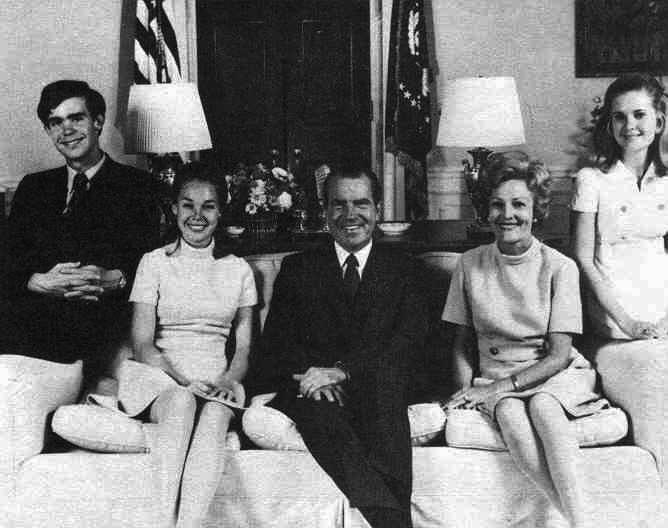
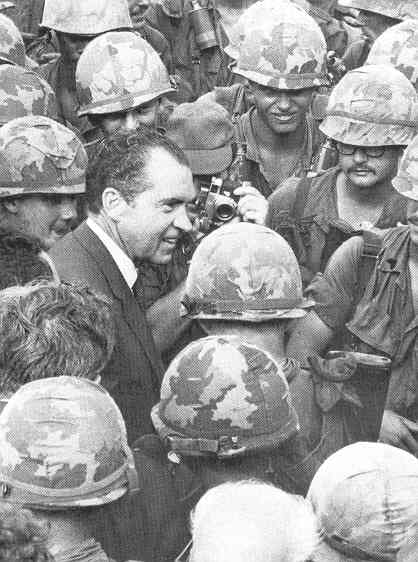

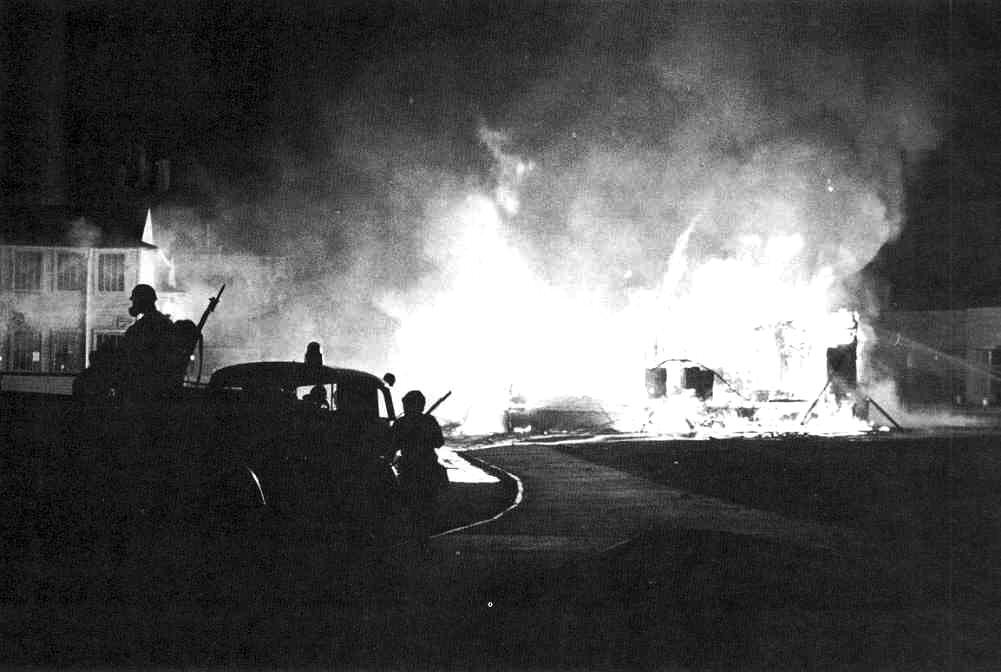
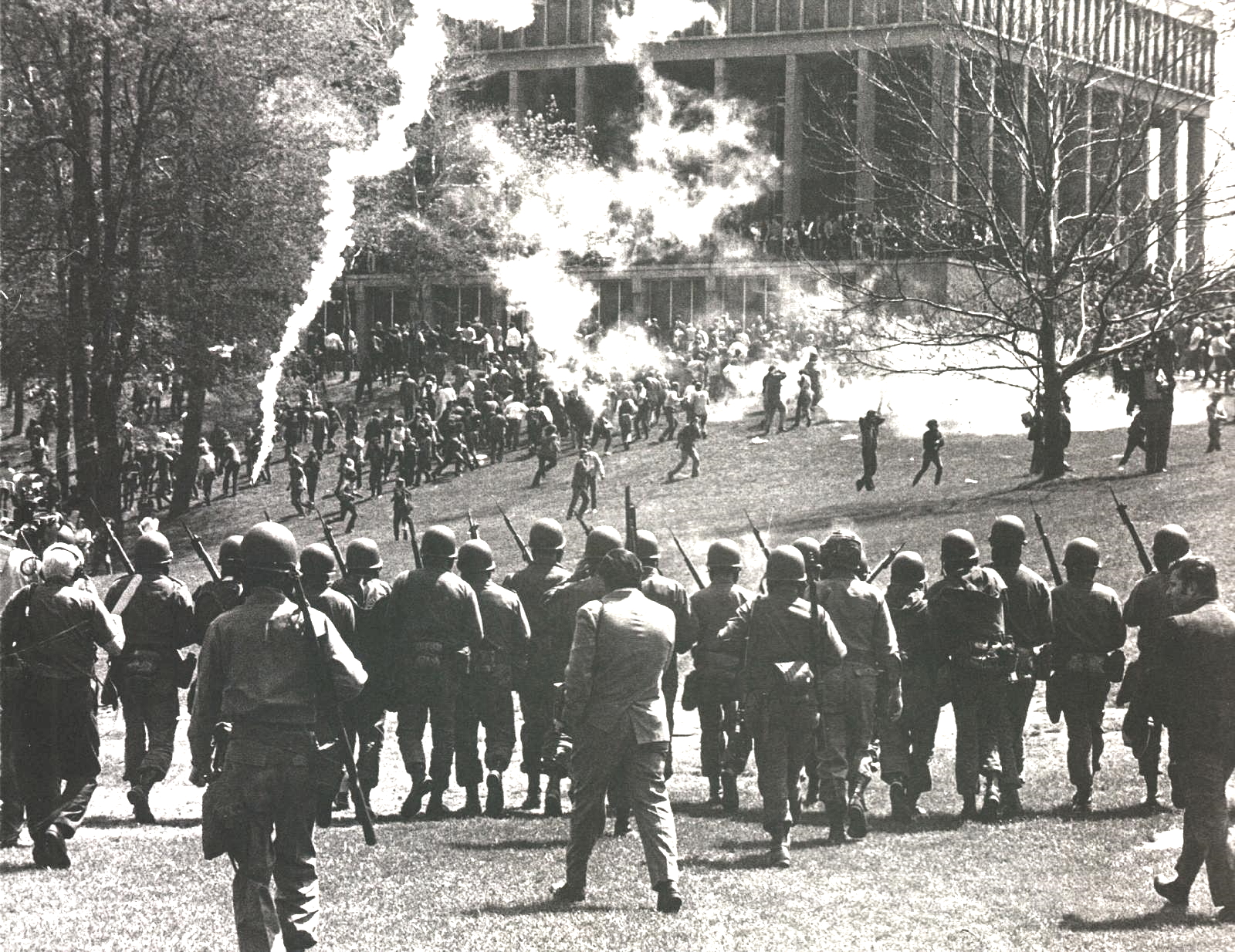
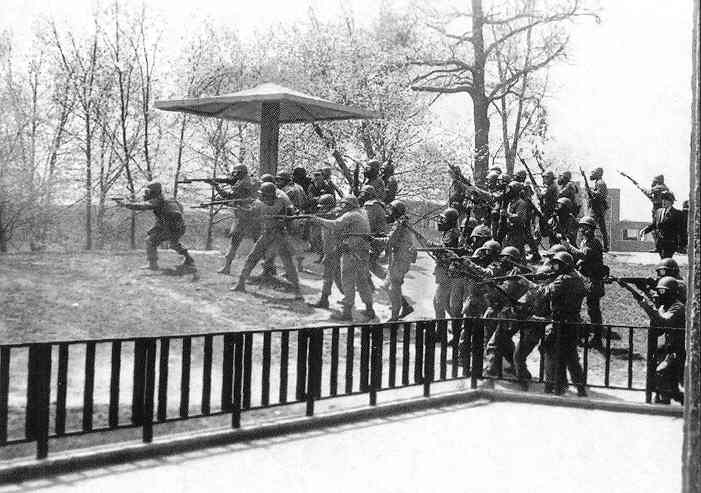
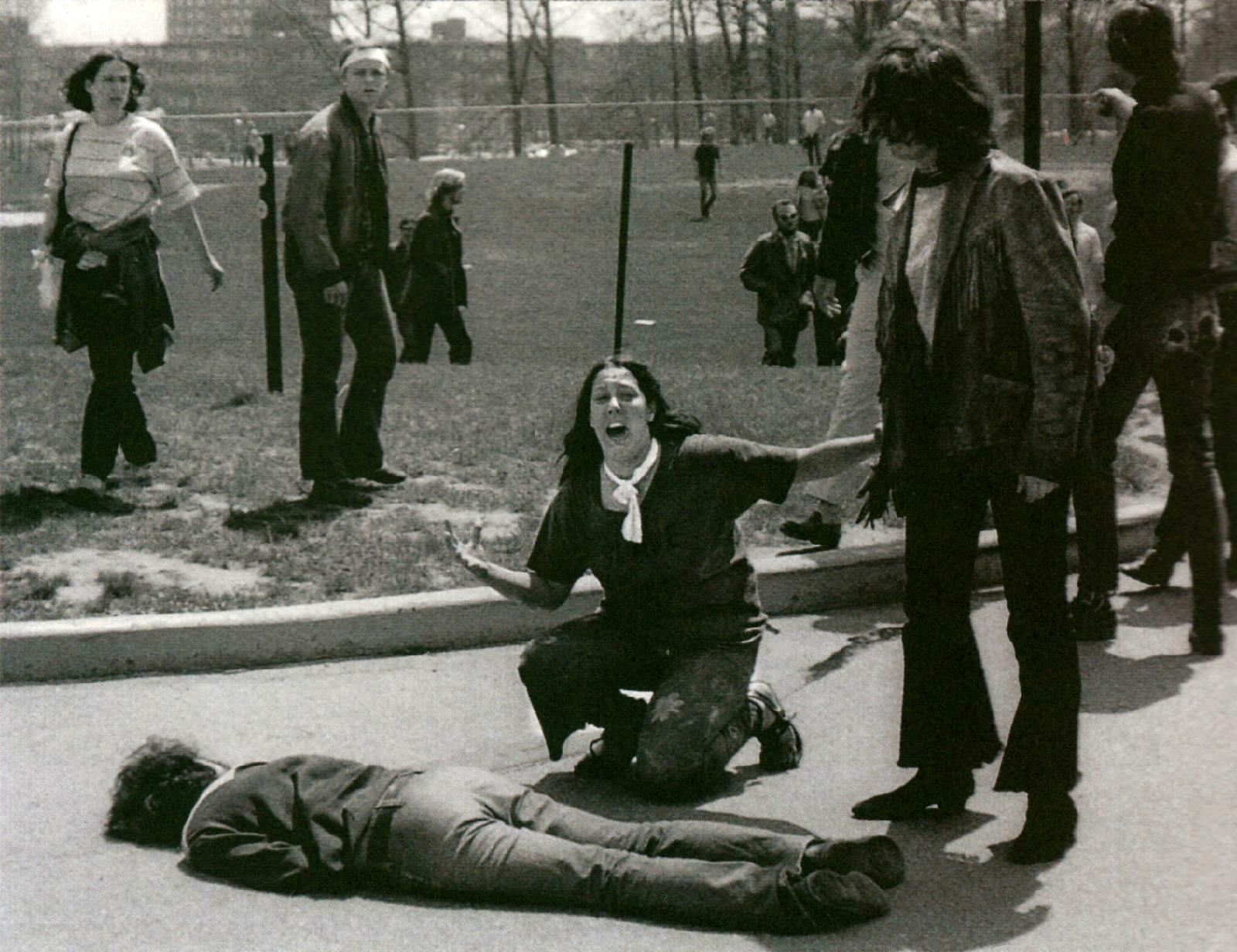
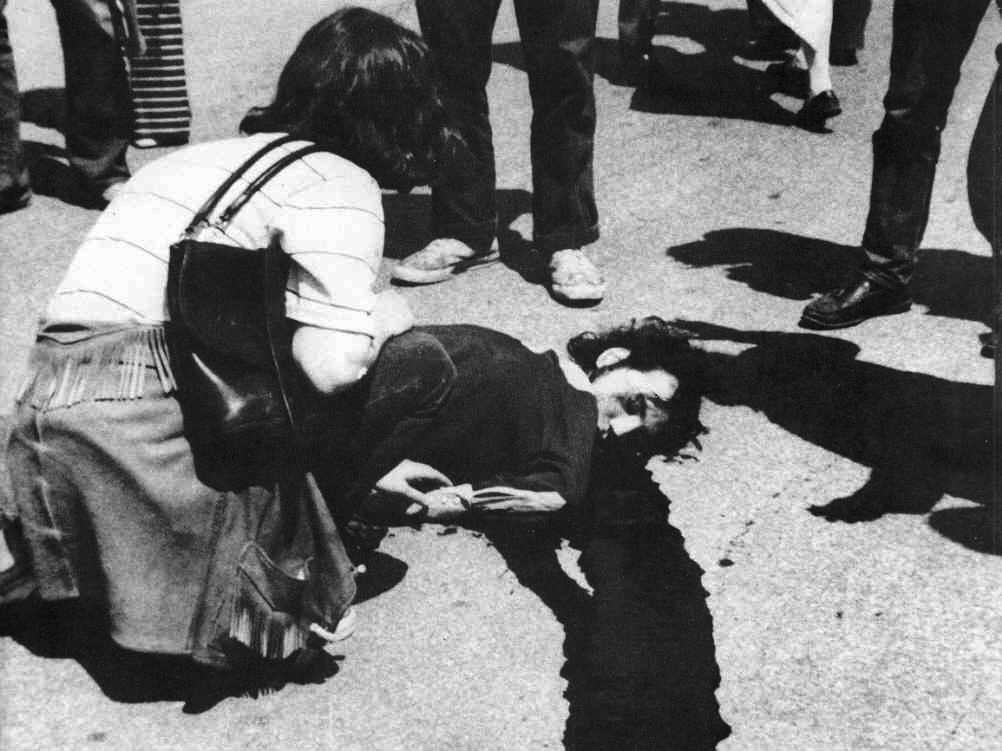
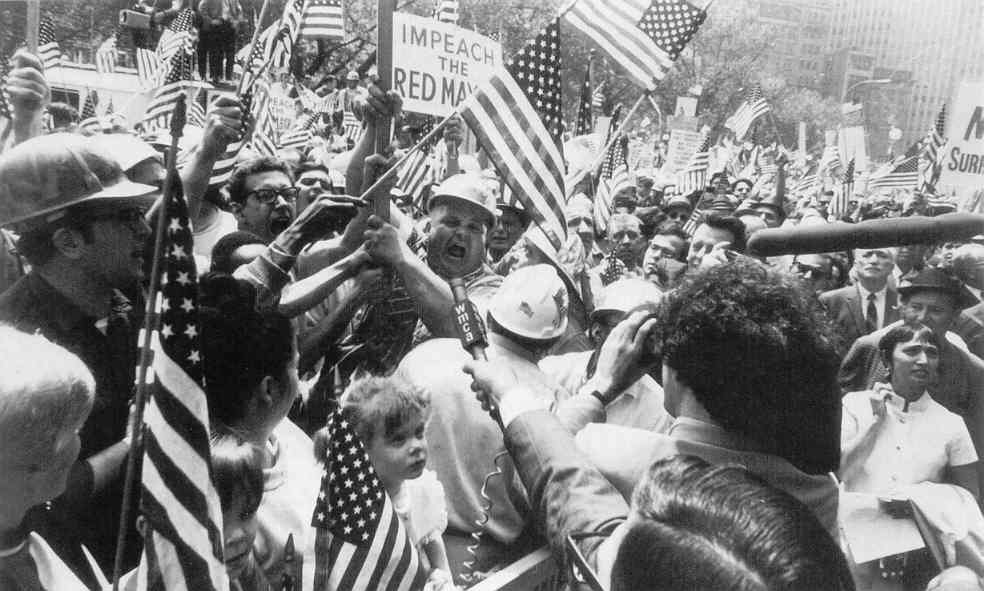
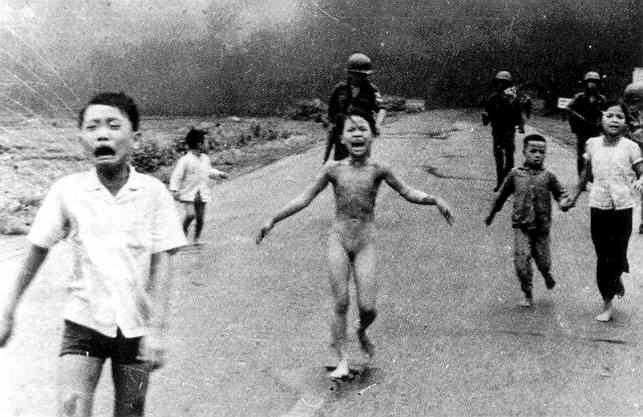
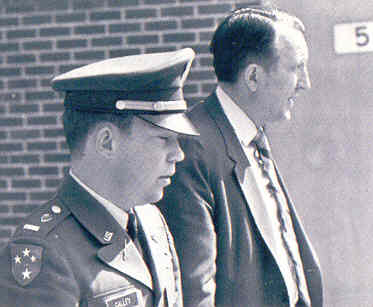
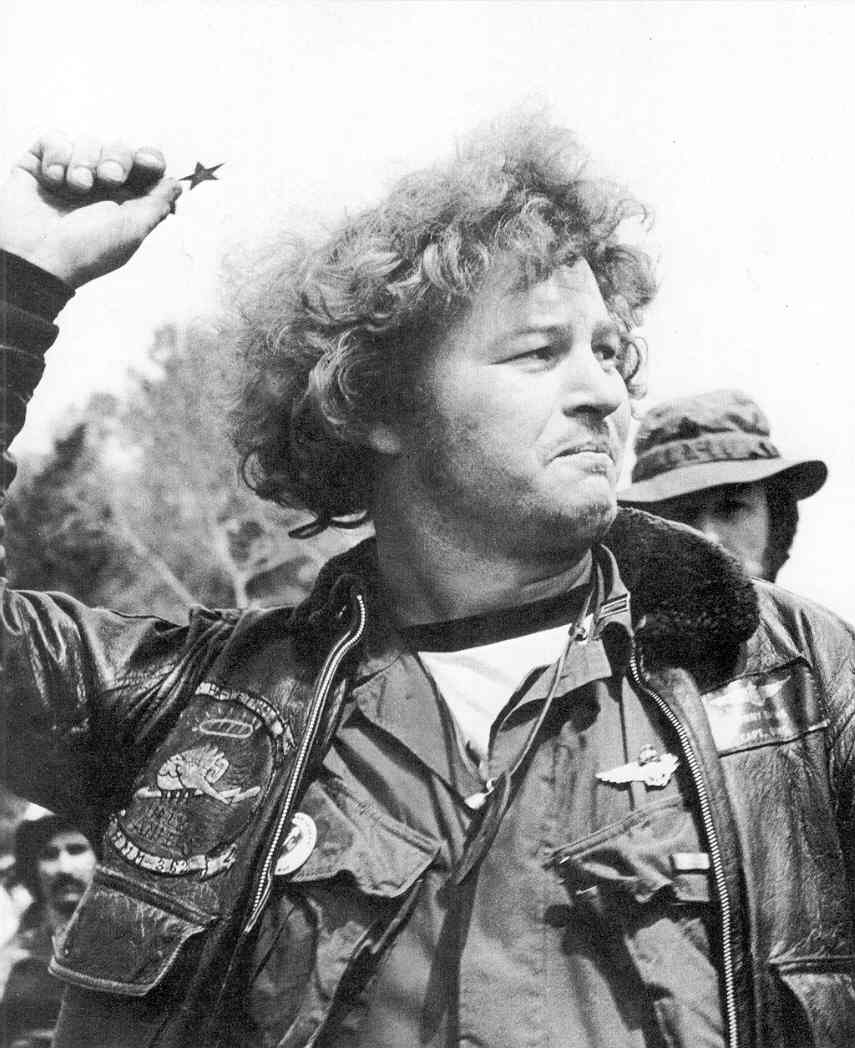
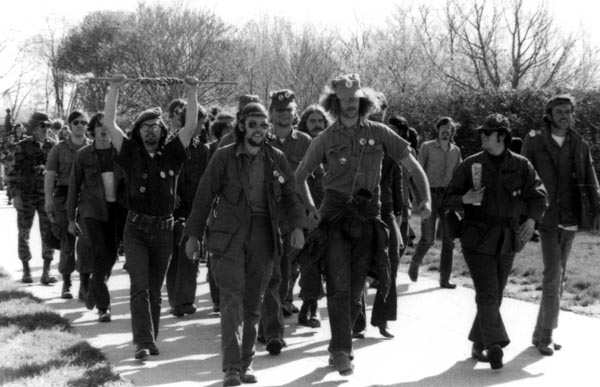
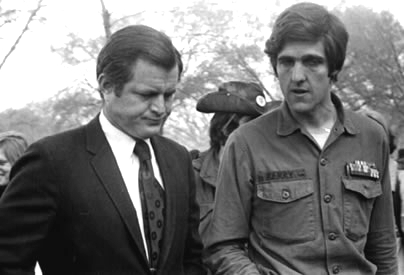
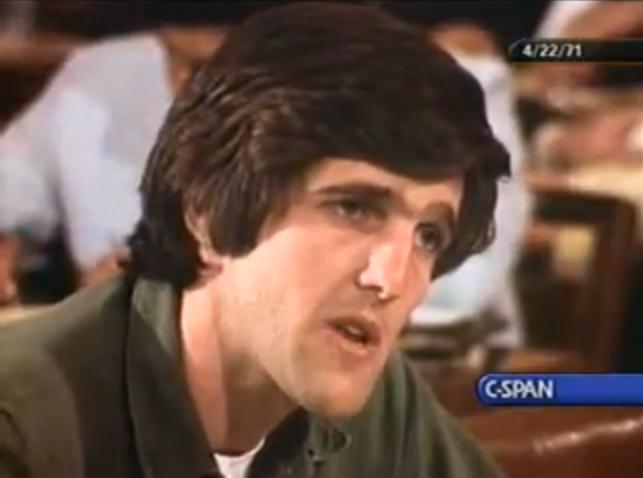
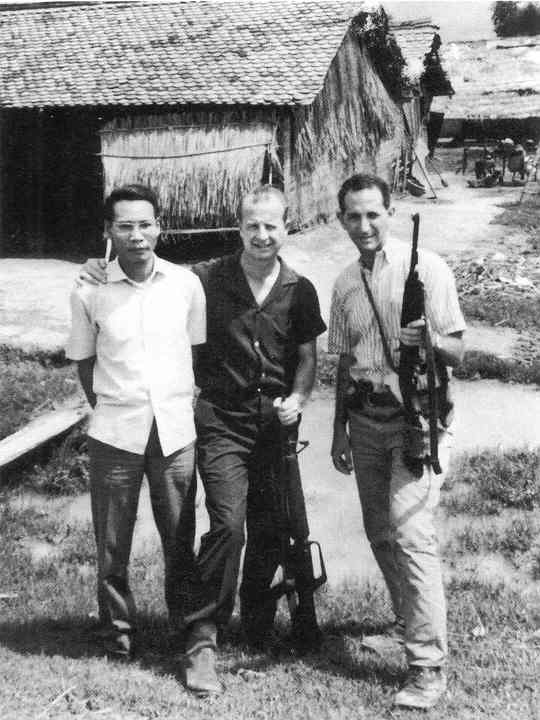
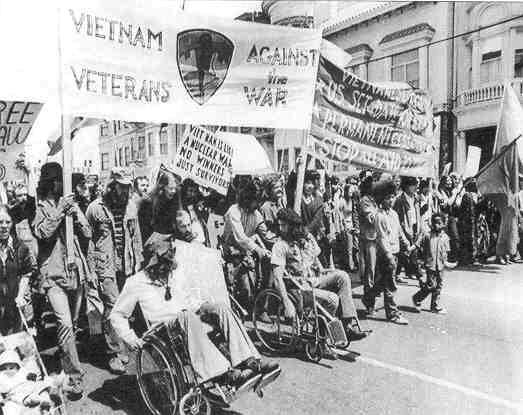
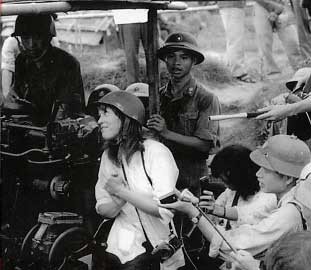
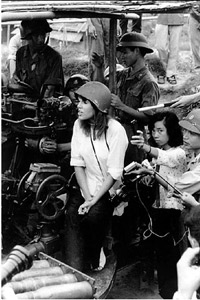
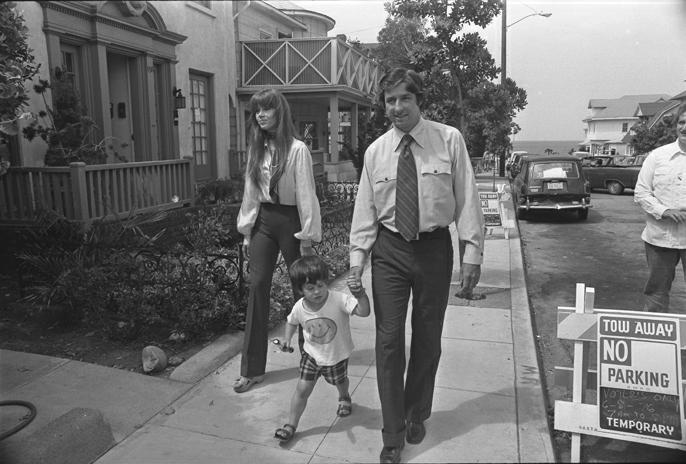
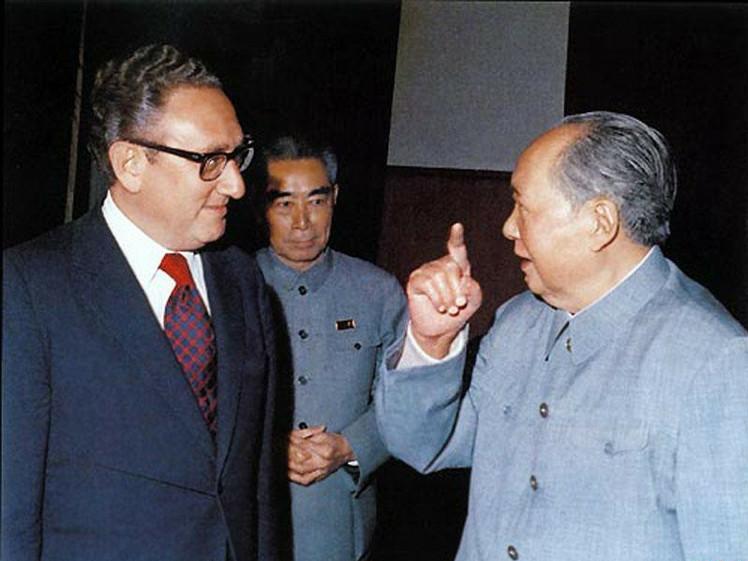
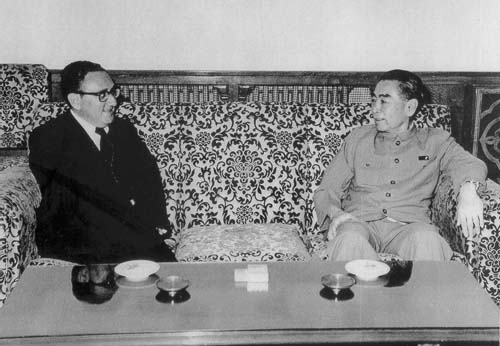
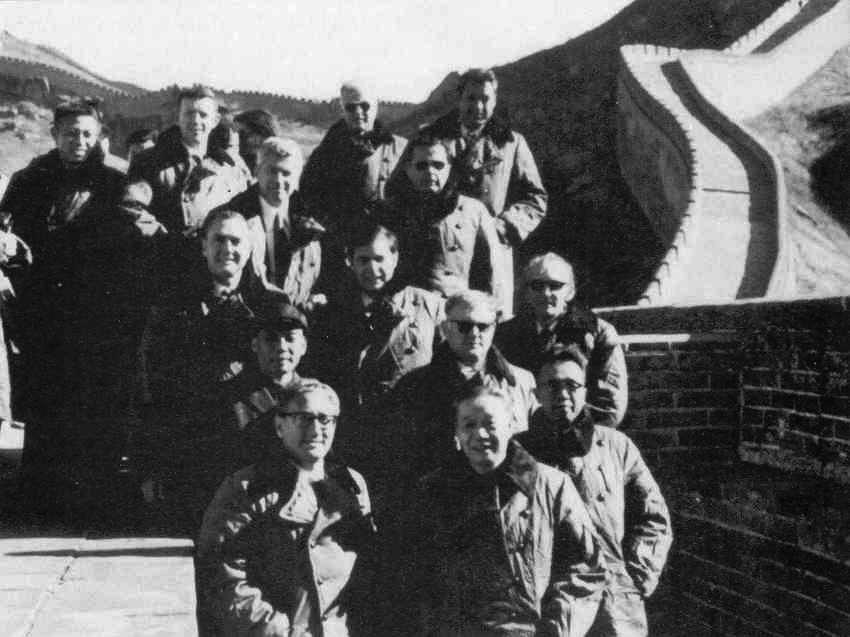
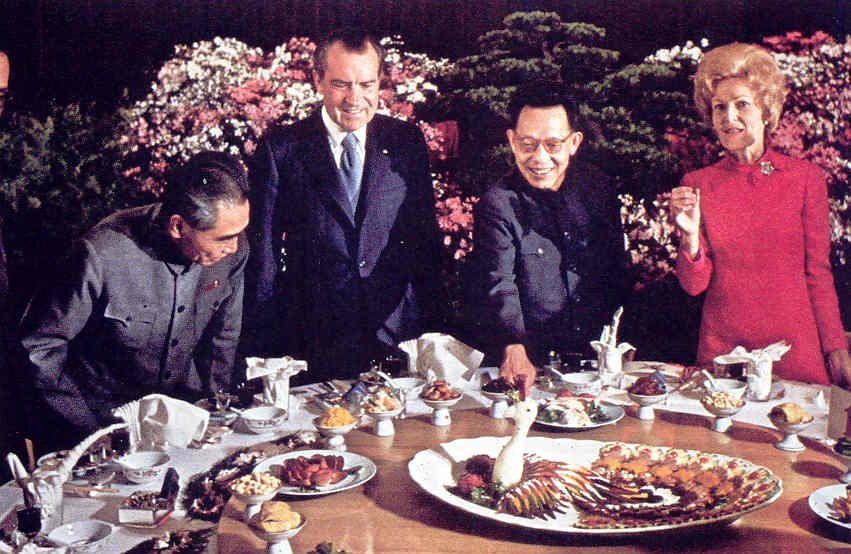
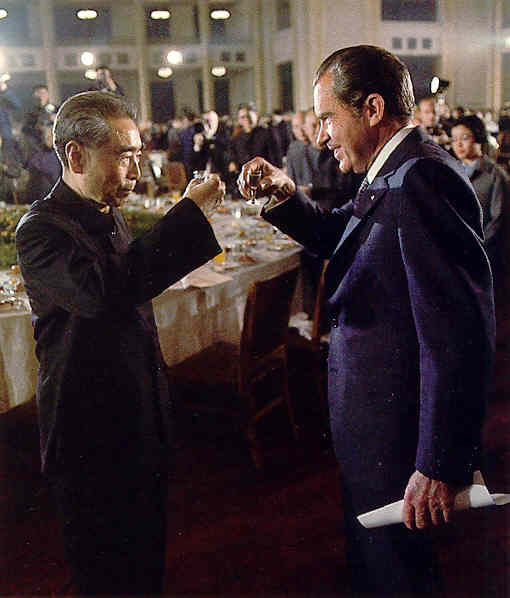
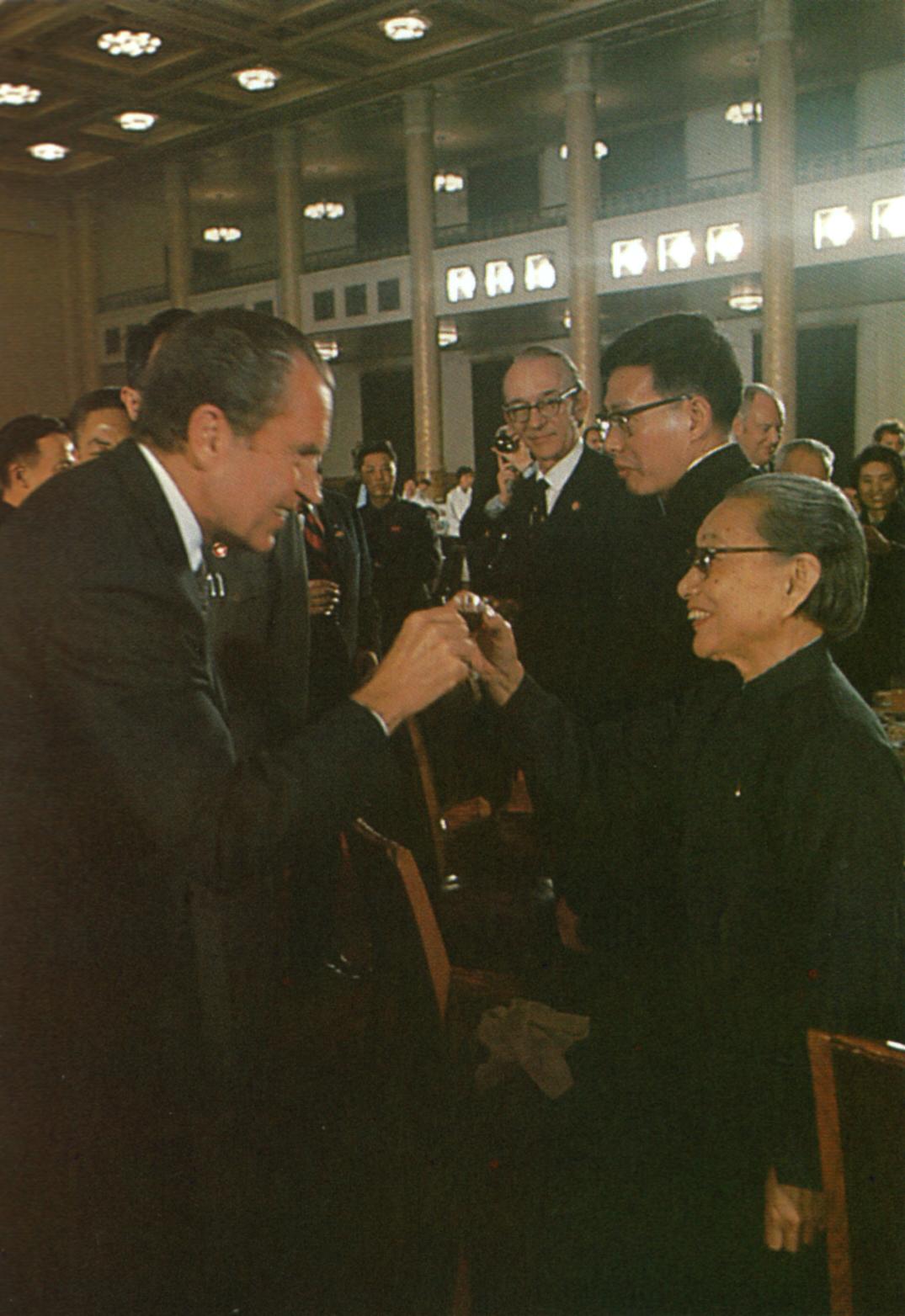
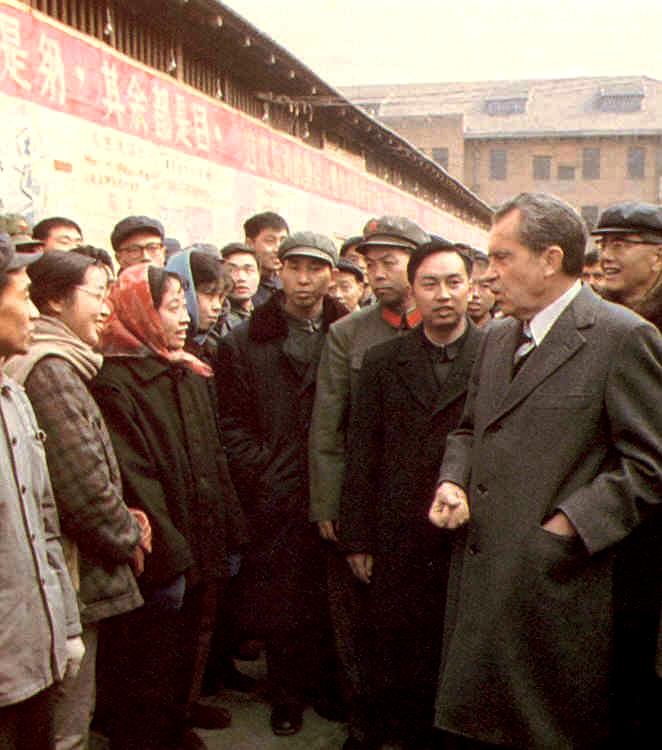
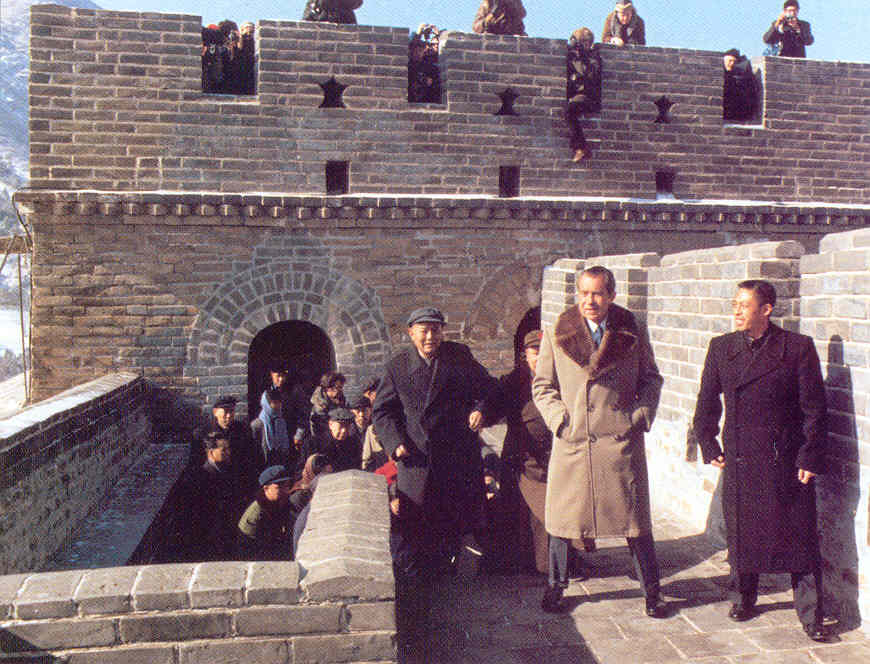
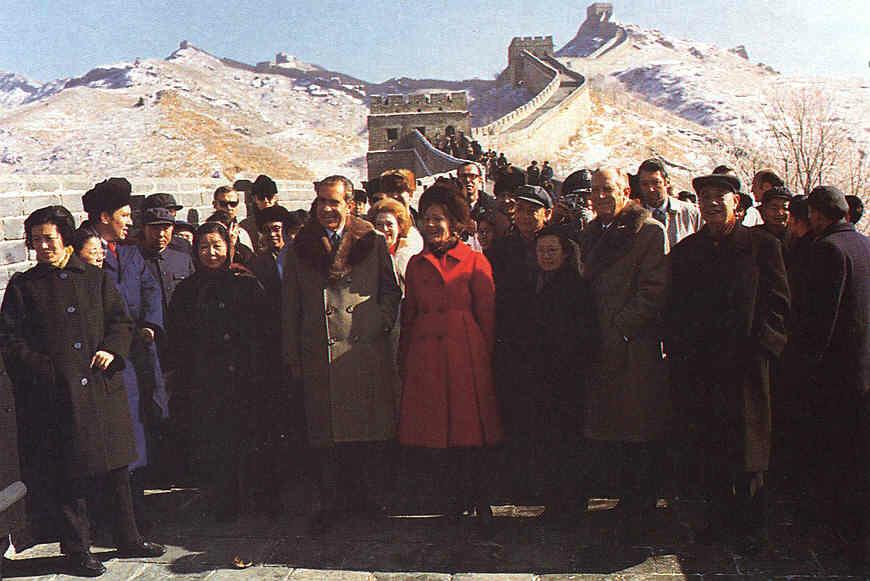
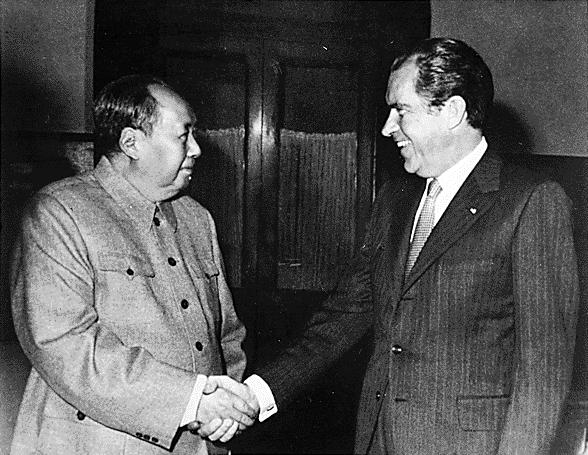
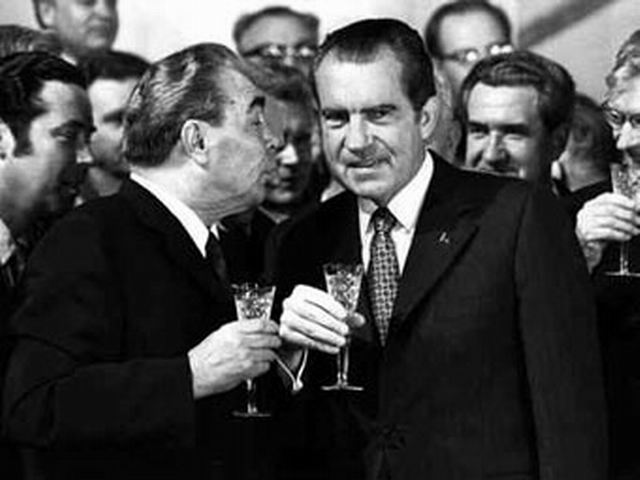
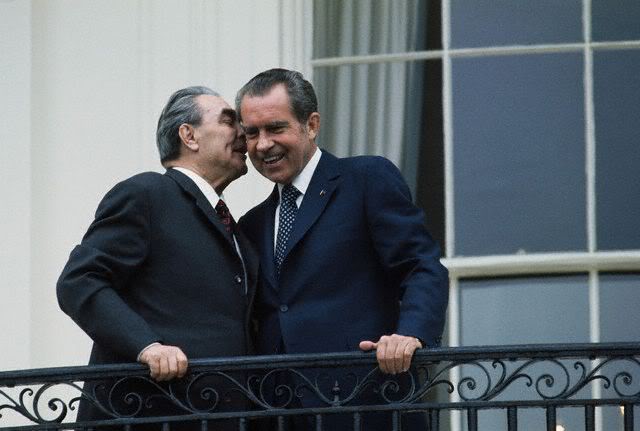
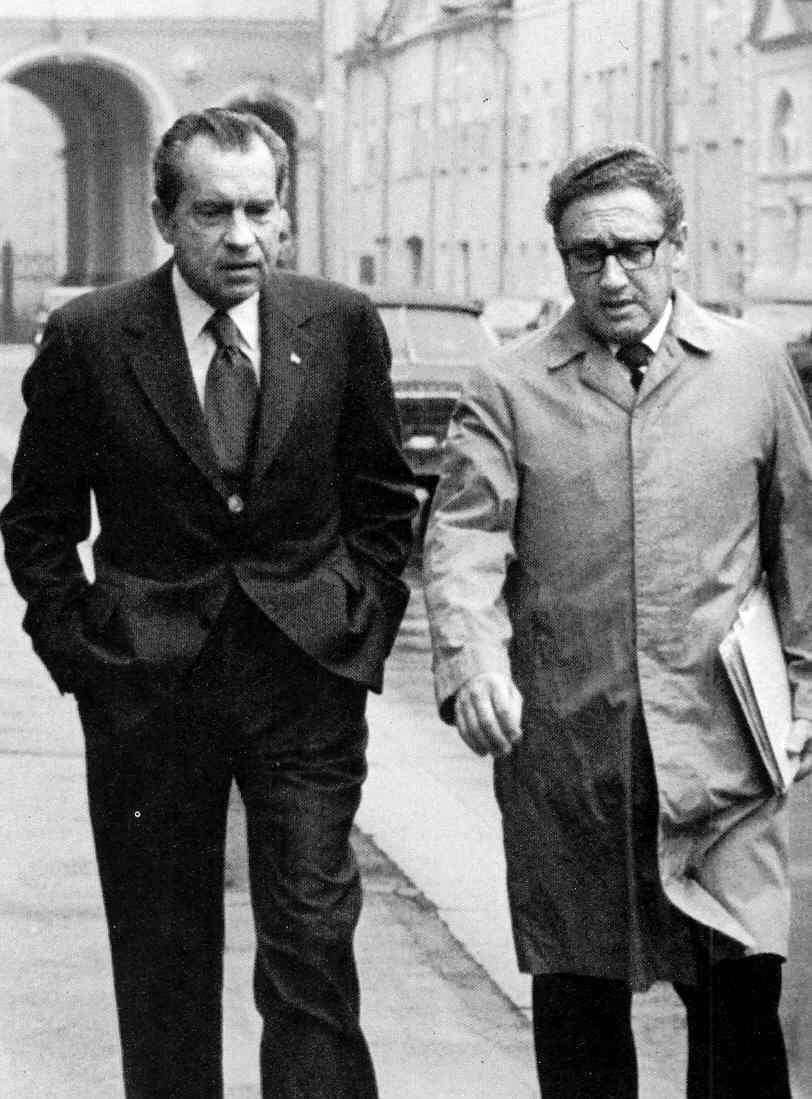
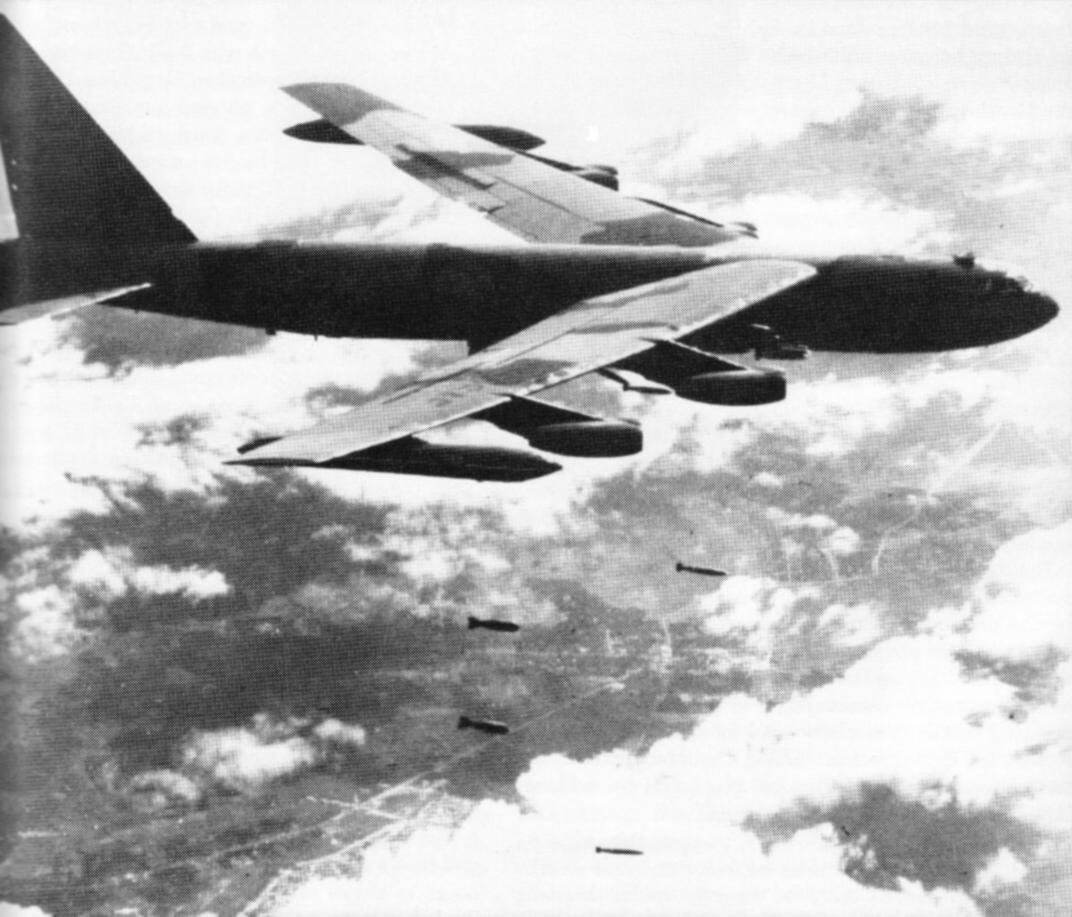
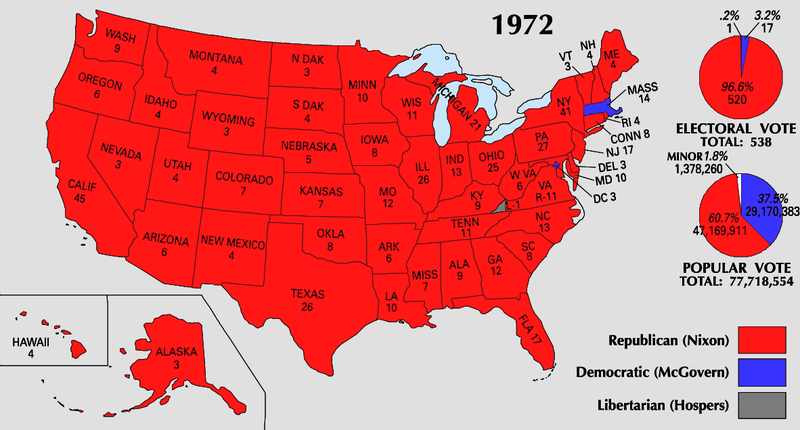
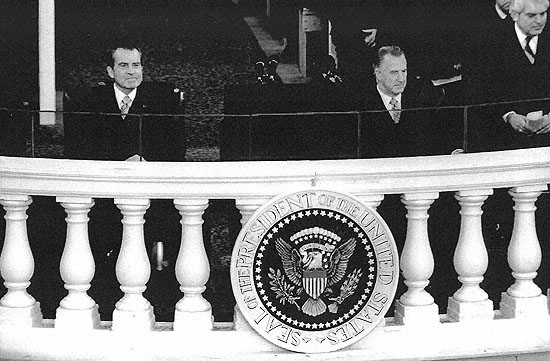
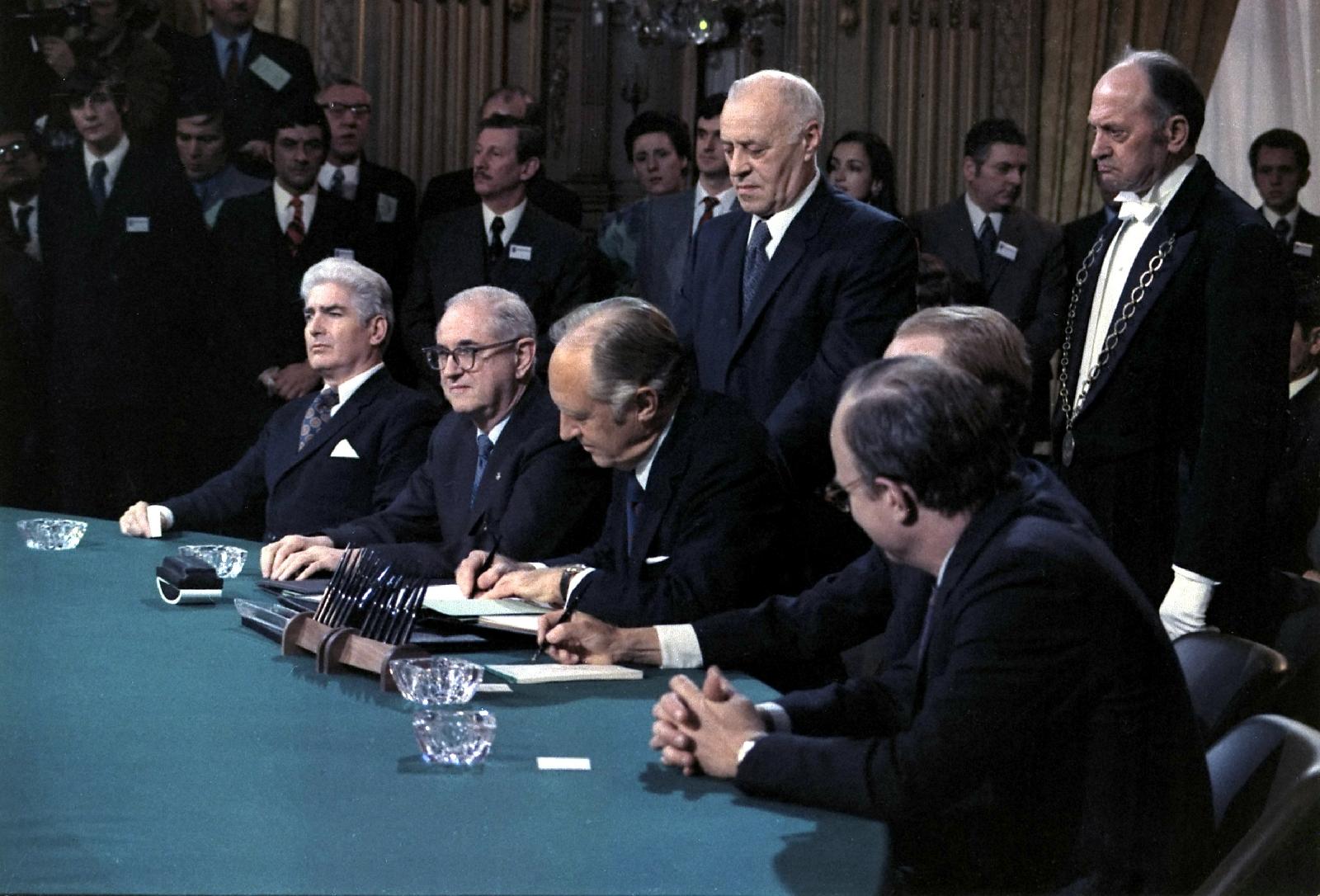
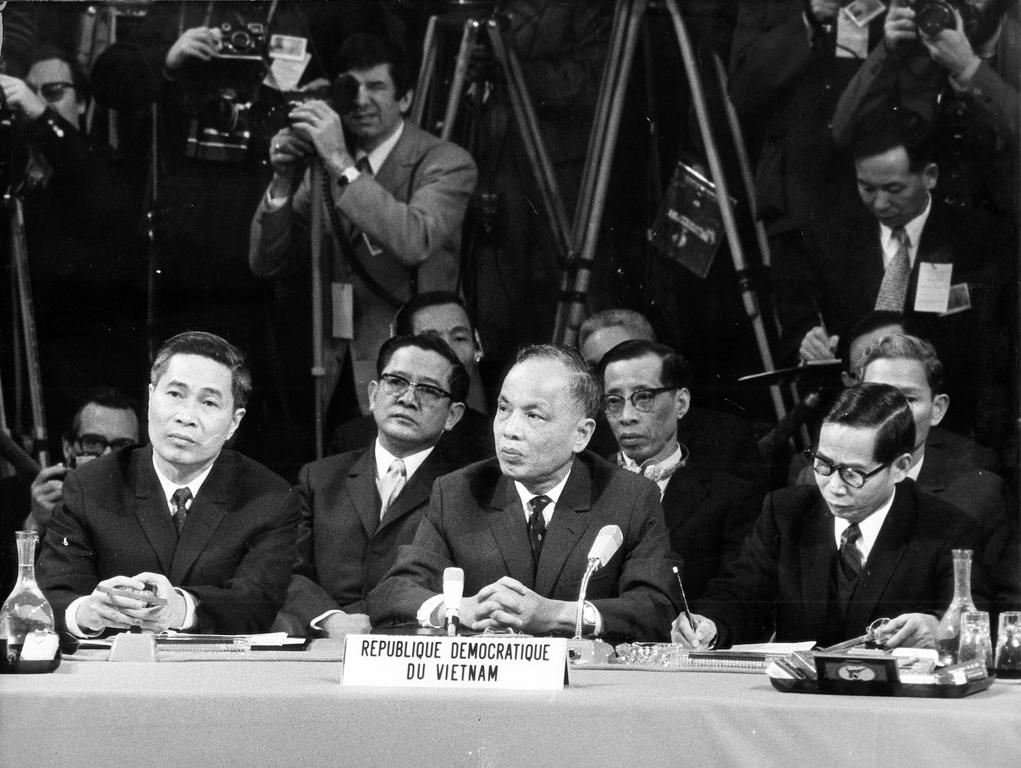
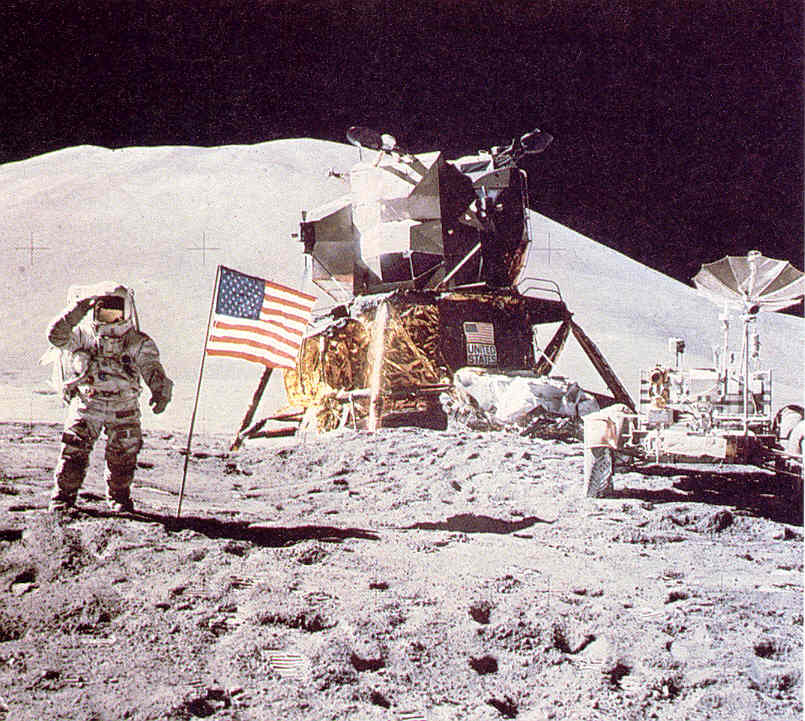
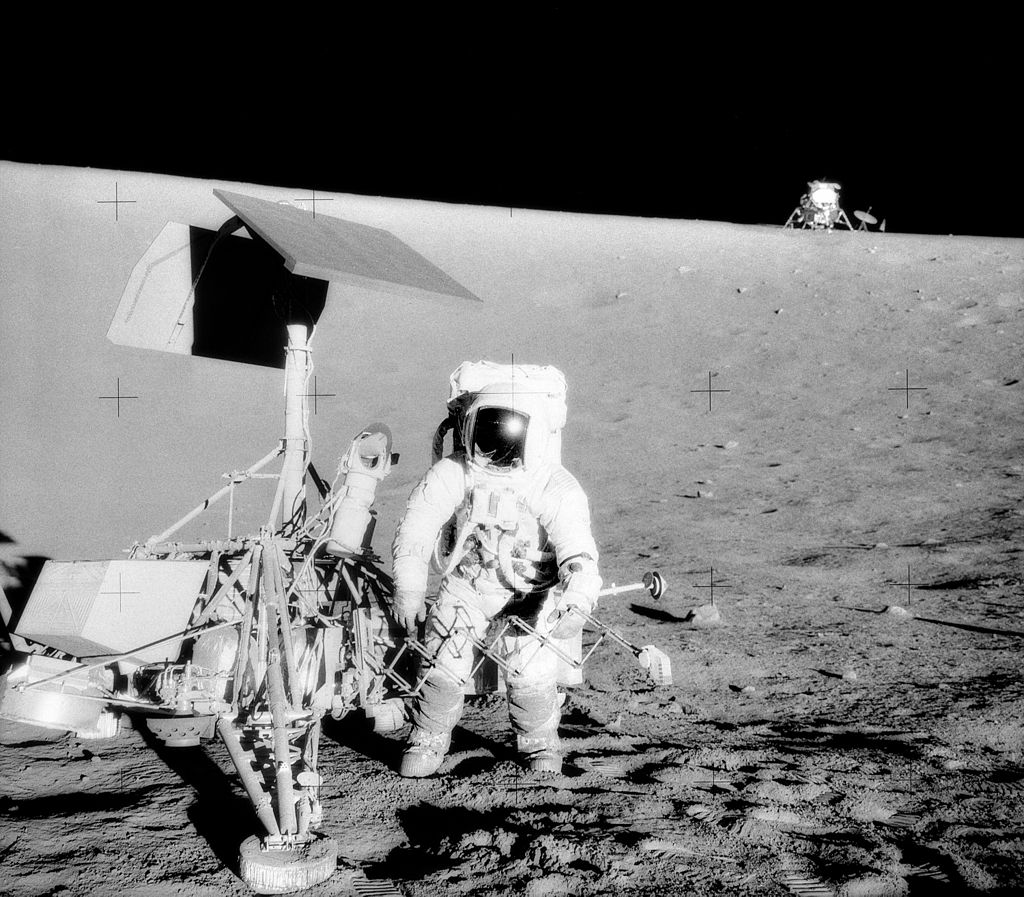

 Miles
H. Hodges
Miles
H. Hodges